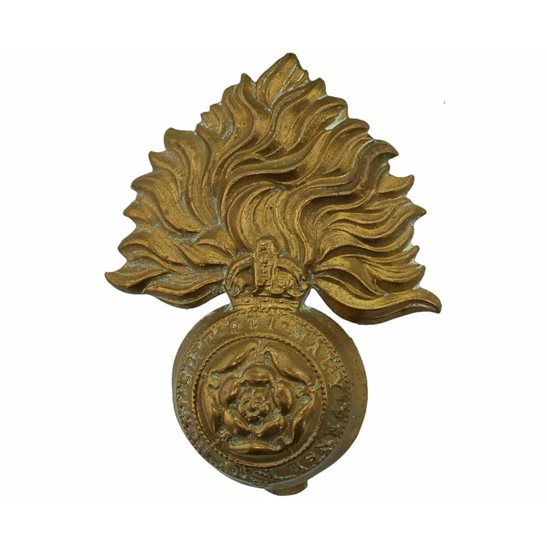Personal Details
Born: 14 July 1894 in Halghton, Hanmer, Flintshire, Wales and baptised on 16 September the same year in Hanmer Parish Church.
Family: He was the younger of two children born to William Price, a joiner, and his wife Emily, nee Segrove. He married Ethel Mary Green in 1922 and together they had one child, Freda M.
Residence: From his birth until at least 1901 he lived at Cumbers, Halghton, Hanmer. In 1911 he was living at 56 High Street, Whitchurch, Shropshire, the address shown for him on the 1919 Absent Voters’ Register. In 1939 he was living at 153 Alkington Road, Whitchurch where he continued to live until his death.
Employment: In 1911 he was a draper’s assistant and by 1939 a clothier and outfitter’s manager. In 1939 he was a special constable.
Died: 16 June 1950 in Whitchurch, aged 55, and was buried on 20 June the same year in Whitchurch cemetery.
Military Details
Regiment: Royal Fusiliers
Rank: Lance Corporal
Service Number: GS/73163
Date of Enlistment: Not known
Date of Discharge: 13 February 1919
Reason for Discharge: Not known
Other Information: Brother of William Segrove Price who also served in WW1. John was injured during the war with a general shell wound to the thigh.
John was awarded the Campaign Medals (British War Medal and Victory Medal)

The British War Medal (also known as 'Squeak') was a silver or bronze medal awarded to officers and men of the British and Imperial Forces who either entered a theatre of war or entered service overseas between 5th August 1914 and 11th November 1918 inclusive. This was later extended to services in Russia, Siberia and some other areas in 1919 and 1920. Approximately 6.5 million British War Medals were issued. Approximately 6.4 million of these were the silver versions of this medal. Around 110,000 of a bronze version were issued mainly to Chinese, Maltese and Indian Labour Corps. The front (obv or obverse) of the medal depicts the head of George V. The recipient's service number, rank, name and unit was impressed on the rim.
The Allied Victory Medal (also known as 'Wilfred') was issued by each of the allies. It was decided that each of the allies should each issue their own bronze victory medal with a similar design, similar equivalent wording and identical ribbon. The British medal was designed by W. McMillan. The front depicts a winged classical figure representing victory. Approximately 5.7 million victory medals were issued. Interestingly, eligibility for this medal was more restrictive and not everyone who received the British War Medal ('Squeak') also received the Victory Medal ('Wilfred'). However, in general, all recipients of 'Wilfred' also received 'Squeak' and all recipients of The 1914 Star or The 1914/1915 Star (also known as 'Pip') also received both 'Squeak' and 'Wilfred'. The recipient's service number, rank, name and unit was impressed on the rim.

